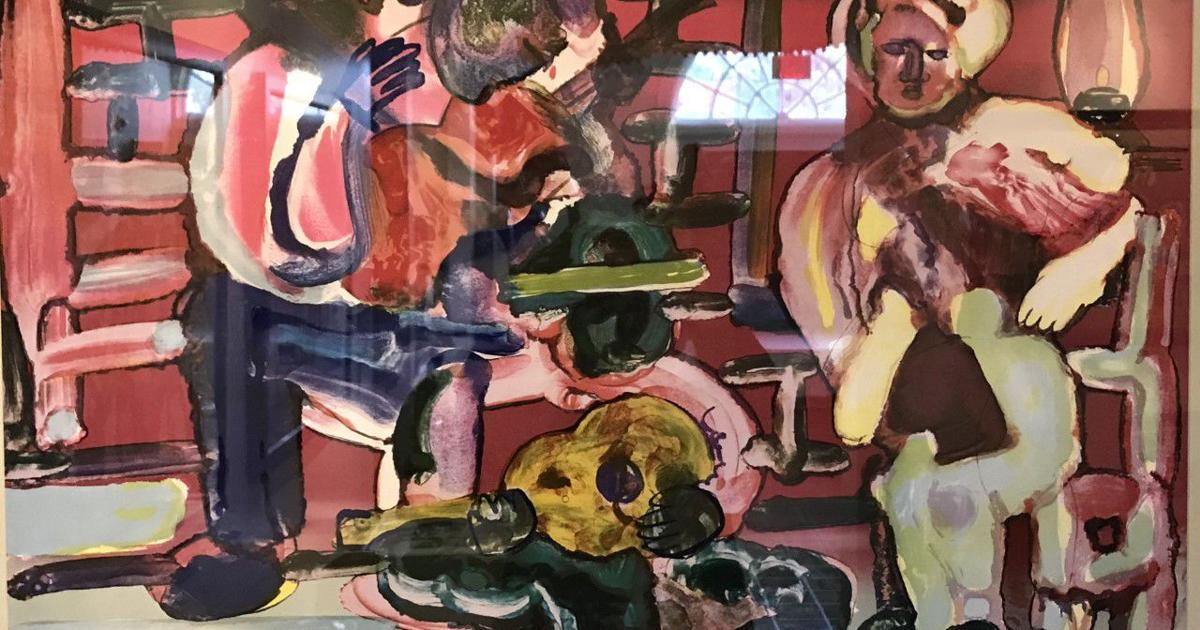Shangri-La
- Film & Video (Film & Video)
40 min
Patty Chang
The video “Shangri-La” refers to the mythical city of James Hilton’s novel “Lost Horizon” written in 1933 and is exemplified in a film by Frank Capra which speaks of eternal youth in a city of happiness. In 1997, a small town in an agricultural region of central China near the Tibetan border was proclaimed as the place that inspired Shangri-la. Thereafter, a dozen other cities in the same area have claimed to be paradise on earth, prompting a marketing battle without mercy, raging on until the government’s intervention. The mirror used to build the model of the mountain is highly symbolic and often appears in the work of the artist. In literature and art, it represents the transition between reality and the dream world composed of projections and desires. Chang’s work focuses on the reality and fiction inherent in an existing space in both its concrete embodiment and its myth. She explores the idea of a real journey to an imaginary place. This work exposes contradictions: the search for a city’s roots and traditions leads to a falsification of its history, and cultural conflicts inside of touristic and financial goals.
When she arrived in New York in the mid 1990s, Patty Chang became involved in the performance scene. Staging her own body in intensely difficult situations enables her to denounce problems she observes in contemporary society such as various excessive behaviors like eating disorders, as well as the sex trade, gender and cultural stereotypes, identity issues. Soon, she also used video and photography (like the Contortion series 2000-2002) to document her actions and extend her practice. By appropriating cinematic conventions, popular culture, pornography, literature and translation, Chang ceaselessly explores and subverts historical and current relations between East and West. Patty Chang was born in San Leandro, California, in 1972. She lives and works in New York.
Colors:
Related works featuring themes of: » Body Parts, » Color Photography, » Consumerism, » Contemporary Grotesque, » American
» see more

© » KADIST
Mungo Thomson
2014Starting with Bruce Nauman’s iconic artwork, The True Artist Helps the World by Revealing Mystic Truths (Window or Wall Sign) , Mungo Thomson’s neon sign is one of a series that replaces Nauman’s quixotic mini-manifesto with aphorisms from ‘recovery’ culture, especially those made popular by alcoholics anonymous...

© » KADIST
Pascal Shirley
2006Like many of Pascal Shirley’s photographs, Oakland Girls aestheticizes a dingy rooftop and a cloudy sky...
Other related works, blended automatically
» see more

© » KADIST
Walead Beshty
2012Constructed out of metal or glass to mirror the size of FedEx shipping boxes, and to fit securely inside, Walead Beshty’s FedEx works are then shipped, accruing cracks, chips, scrapes, and bruises along the way to their destination...

© » KADIST
John Houck
2013Untitled #242 is part of Houck’s Aggregates Series, which uses digital tools to manipulate chosen sets and pairs of colors, creating colorful index sheets, bathed in colors and lines...
Related works sharing similar palette
» see more

© » DIANE PERNET
Dutch Emerging: Ruben Janssen X GRA Fashion Bachelor 2023 – A Shaded View on Fashion From the back to the middle and around again — Ria’s wedding dress, Alan’s patterns and John’s model: ‘My project is an investigation into evolution, explored through prisms of biology, computation and a poetic personal narrative, shifting between timescales on an evolutionary timeline...

© » KADIST
Maria Taniguchi
2012Untitled (Celestial Motors) is a visual meditation on an icon of modern urban Philippine life—the jeepney...

© » KADIST
Mikhael Subotzky
2006At the halfway point along South Africa’s Highway N1, running from Cape Town to Johannesburg, sits the small town of Beaufort West...
Related artist(s) to: Patty Chang » Aki Sasamoto, » Alexis Destoop, » Asia Society, » Ava Ansari, » Burçak Bingöl, » Cao Fei, » Ceren Erdem, » Charwei Tsai, » Craig Yee, » Dinos Chapman
» see more

© » KADIST
Charwei Tsai
2008Charwai Tsai’s photograph documents her Hermit Crab Project installation upon the construction site of gallery Sora in Tokyo...

© » KADIST
Aki Sasamoto
2012Poetry Light Stool evokes the spirit of Fluxus, the intermedia movement that encouraged artmaking to be simple, fun, and address everyday life...
Related works found in the same semantic group
» see more

© » KADIST
Chloé Quenum
2017The stained glass windows of Chloé Quenum’s Les Allégories evoke the sacred and describe the movement of a rooster in the form of patterns extracted from a wax fabric found in Benin...








